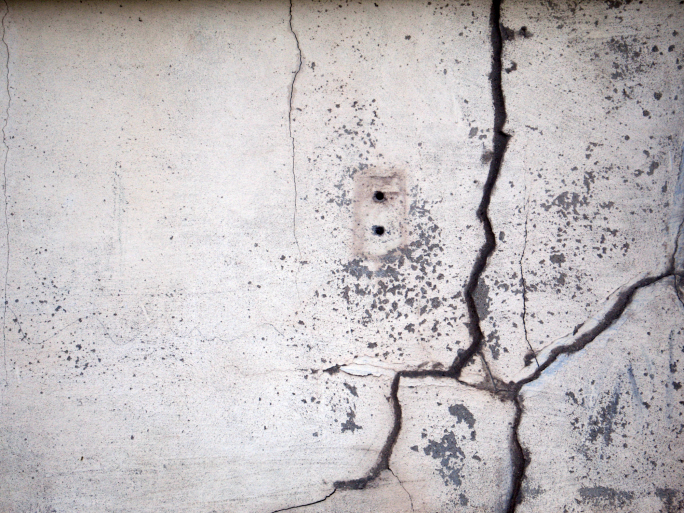 When purchasing a home, there are a number of considerations that need to be taken into account. One of those considerations is the foundation of the home. No matter how perfect or suitable a property looks, taking the time to properly inspect the property for foundation problems can save you thousands of dollars in repairs later on.
When purchasing a home, there are a number of considerations that need to be taken into account. One of those considerations is the foundation of the home. No matter how perfect or suitable a property looks, taking the time to properly inspect the property for foundation problems can save you thousands of dollars in repairs later on.
While foundation cracks are usually present in older homes, that does not mean that newer and even brand new homes are not susceptible to them. When choosing a property, the following tips can help homebuyers find signs of foundation problems and take the right action if any are found.
Concrete Weakness
One of the easiest ways to check for a damaged foundation is to check the concrete of the home. When the foundation is strong and safe, the concrete is not brittle and breakable. To test this, when trying to poke the foundation with a screwdriver, the foundation should be rock solid. If it isn’t, then there may be a foundation issue.
Posts Should Be Sturdy
If the house has a basement, then the posts that hold up the basement and crawl space should stand firmly in place. The bottom of the post should be unmovable and the post should stand straight and tall. If the posts do not do so, then there might be a problem with the foundation.
Uneven Floors
The next component of the house that should be inspected is the floors. All of the floors within the house must be solid, straight, and not slanted. If the floor is slanted or separates from the wall in any place, then the foundation is unable to support the home properly and there is likely a serious issue.
Exterior Cracks
The walls are also a way to check for foundation issues. Take a tour around the outside of the home and inspect for any cracks to the exterior. Each wall on the outside of the home should be smooth, solid, and free of any cracks. However, if there is a crack, this may mean that the foundation has shifted and the home is uneven.
Windows and Doors
Next, inspect every window and door on the property. Each should be attached to the surrounding wall and they must also open and close without any difficulty. If there is a difficulty in opening and closing windows and doors, there may be a foundation problem like shifting or even ground that is unable to support the property.
Moist Ground Around the Property
Lastly, another sign that there is a foundation problem is if the ground around the property is moist. A strong foundation will usually be set upon ground that is completely solid. When the ground is moist, the dirt particles are porous and unable to bind together, leading to shifting, cracks, and major damage to the home.
